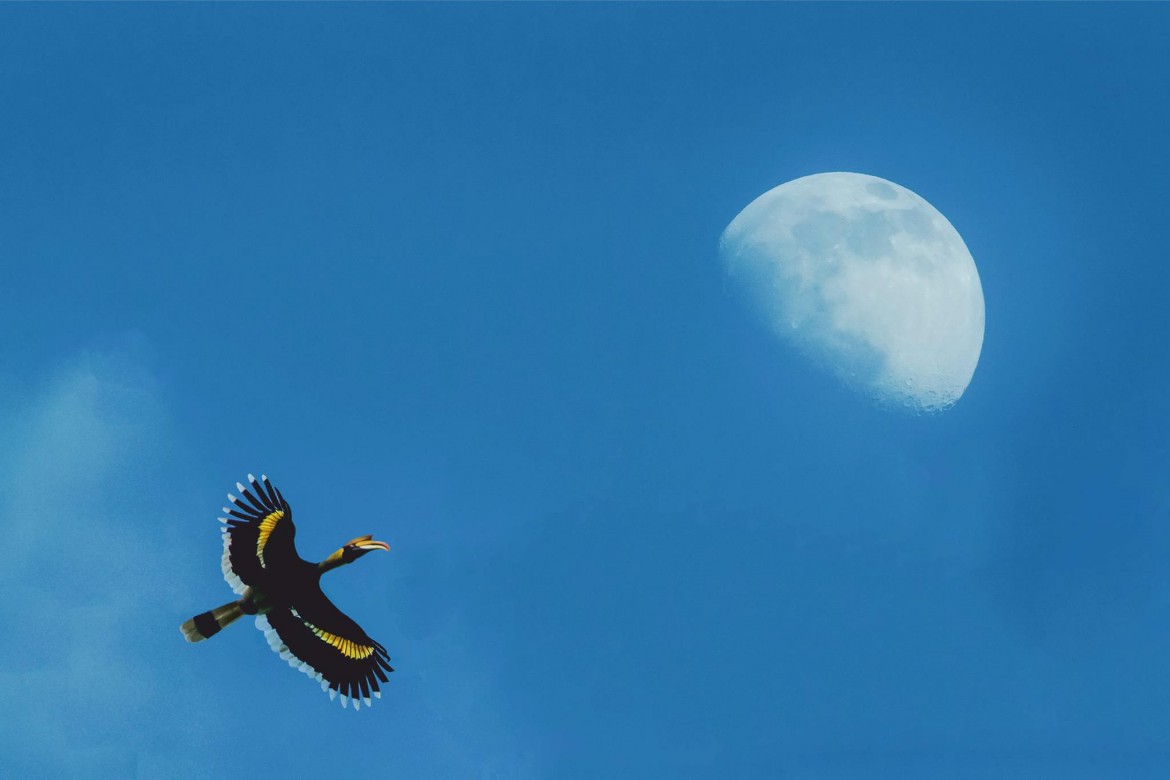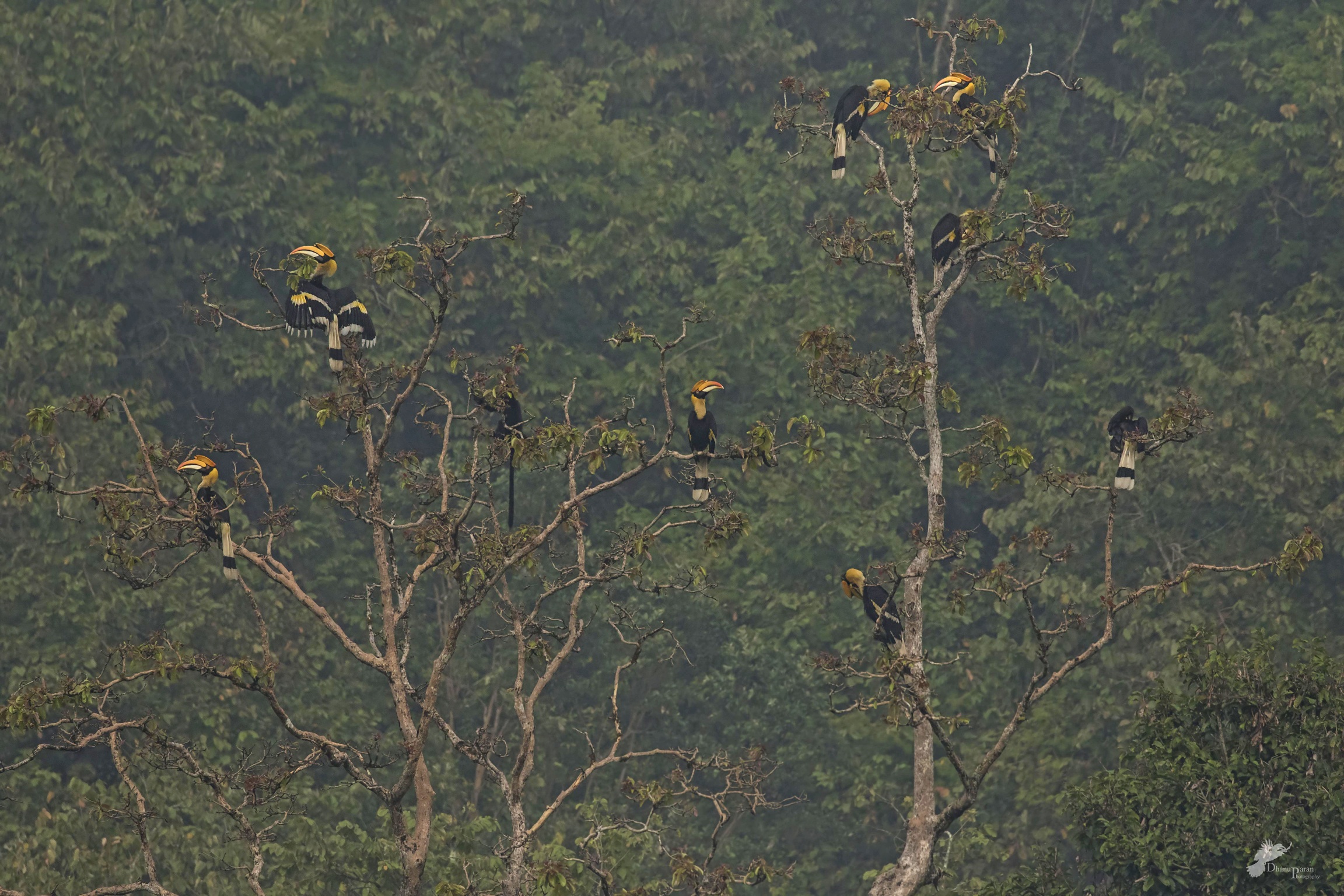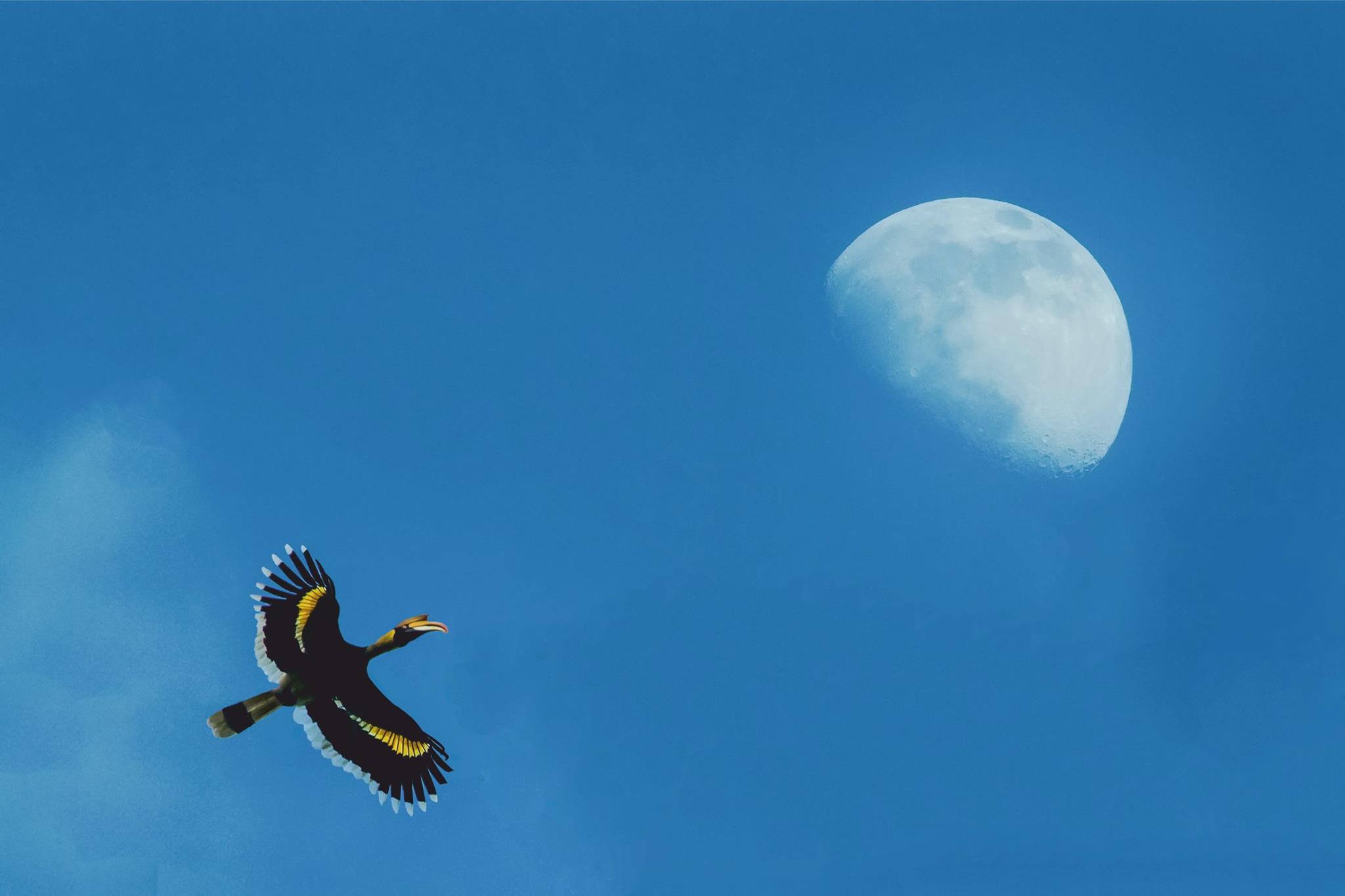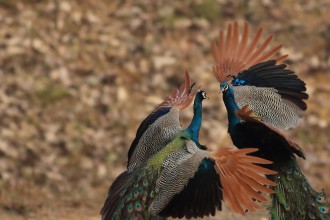It is 5 a.m., the perfect time to go birding in the rich forests of the Anamalai Hills. The still morning air is broken by a cacophony of birdsong that welcomes the new day. The birds are out on the hunt, busy feeding, preening and courting. The feeding frenzy goes on till early noon when the heat of the bright sunshine drives them back into the trees’ shade and canopies. They re-appear again in the late afternoon when the sunrays are mild and the buzz of activity goes on till late evening when the light drops and the birds return to their nests to roost for the night. While returning from such trips, I keep my eyes peeled, hoping to sight the occasional mammal that ventures out onto the roads in search of a meal. During those times, I have never taken the effort to look out for birds that swoosh around in the darkness. But during my recent trips, I have been gifted with new experiences that have made me fall even more deeply in love with the Anamalai hills, a place I call home.
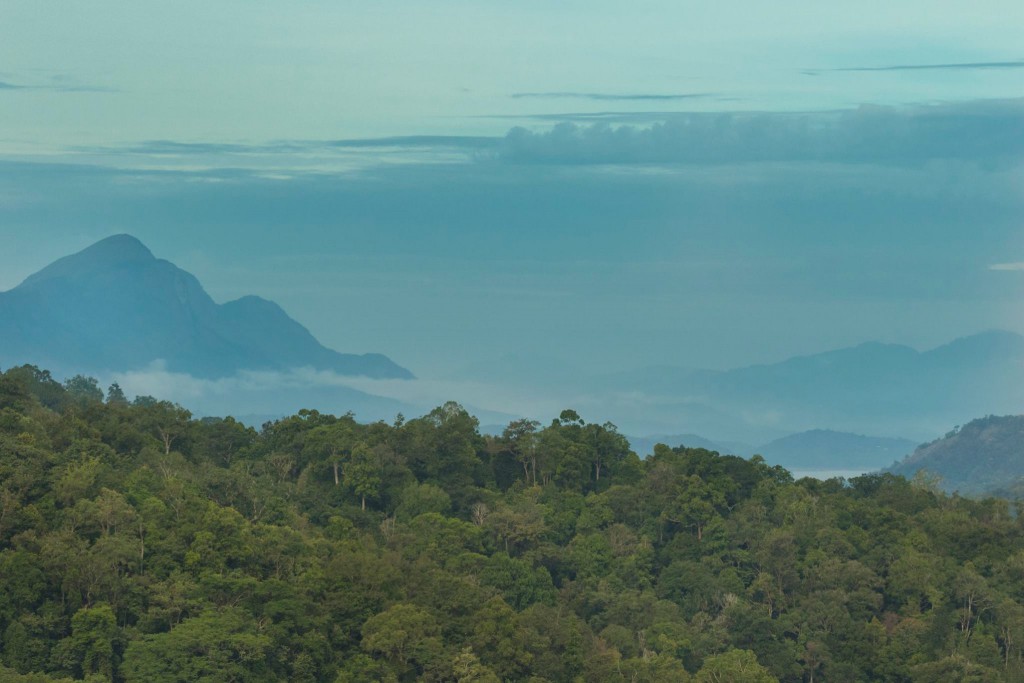
Having experienced a place from dawn to dusk, one tends to associate a certain mood, tone, voice or even a character to it. To me, Valparai is one such place. I have been there a few times and if I were to describe this beautiful landscape, I’d call it a birder’s paradise.
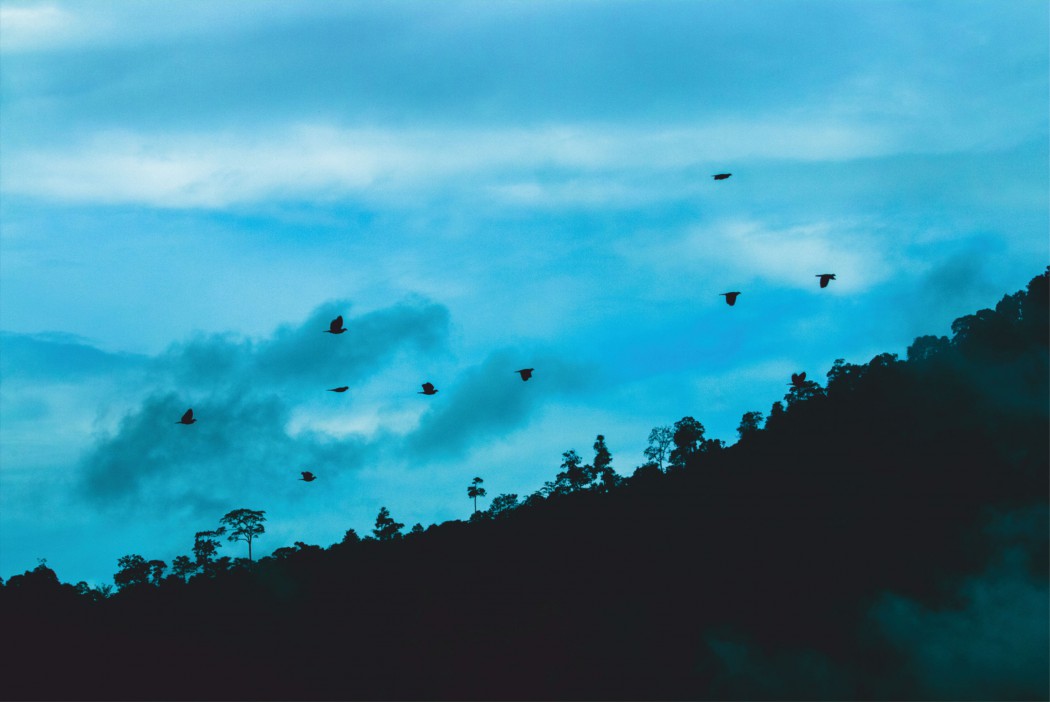
While I was there during the early October days, the blue winter skies were decorated with flocks of mountain imperial pigeons. Patches of evergreen forests with towering trees such as silver oaks and the exotic Mesopsis grew among the sprawling tea gardens. The place was satiated with immense beauty.
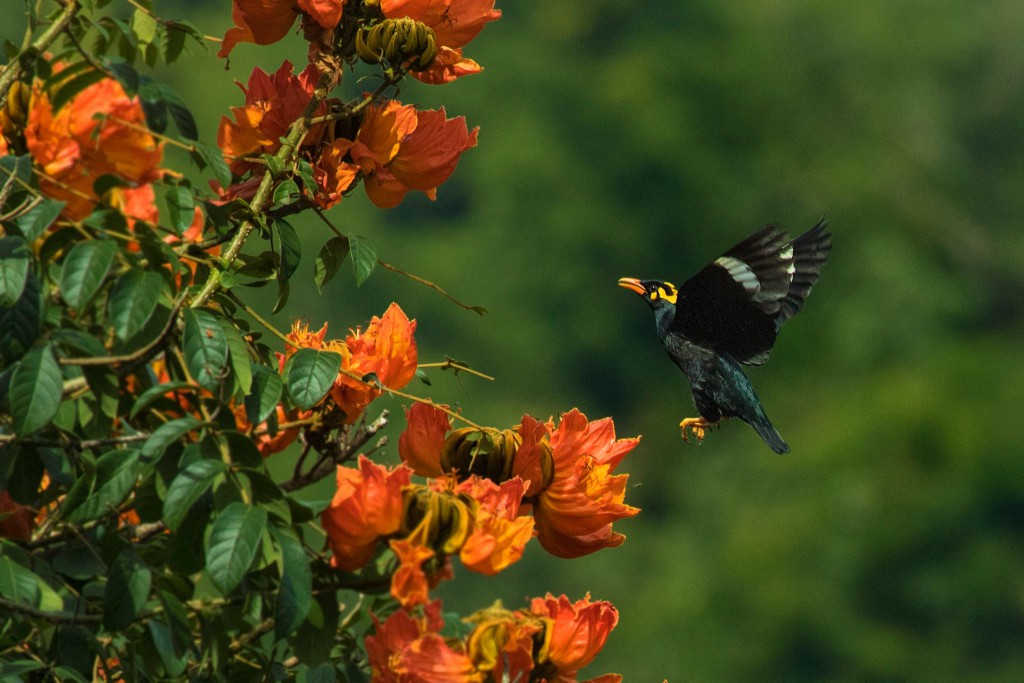
The sounds of the gurgling stream waters that cascaded over the rocks, the screeching hill mynas flying across the sky like miniature hornbills, the tuktuks of the efficient woodpeckers echoing across the landscape and the babblers and bulbuls calling from every direction, drowned by the loud, romantic calls of hornbills – I was totally smitten by the beauty around. This time, even though my visit to the forest was largely similar to my previous ones, I experienced something totally different. I saw the same birds, heard the same calls, felt the same breeze.
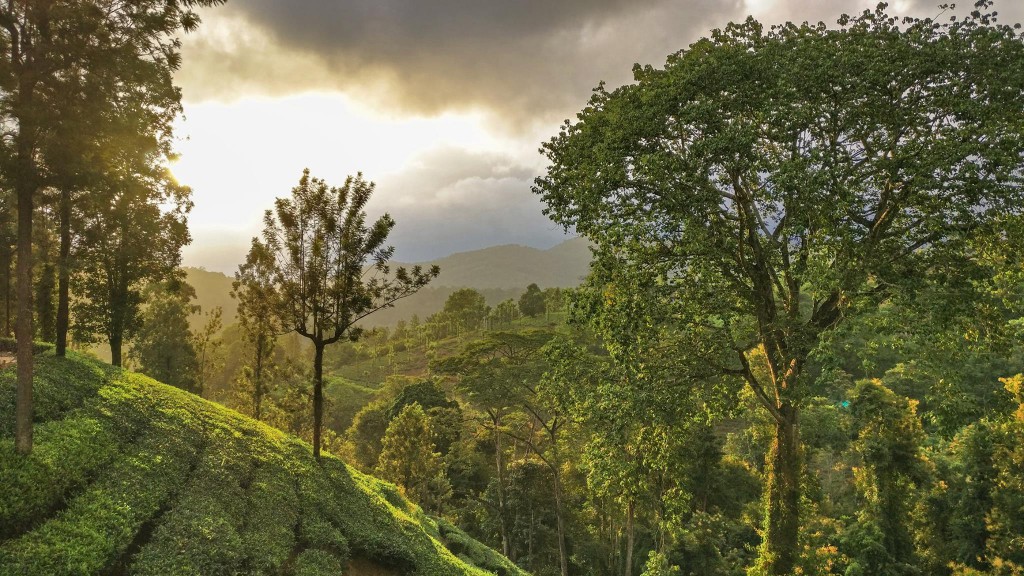
But what set this visit apart was the time of the day – it was evening, and dusk was gently beginning to fall over the hills. As the daylight faded away, and the moon shone brighter, my friends and I saw a flock of hornbills silhouetting the dark blue sky as they flew back to their roosting sites. The drama at the sun set was overwhelming. With its ever-changing variations of light and cloud formations, the skies put on a show of eclectic shades of blue, pink, orange and purple.
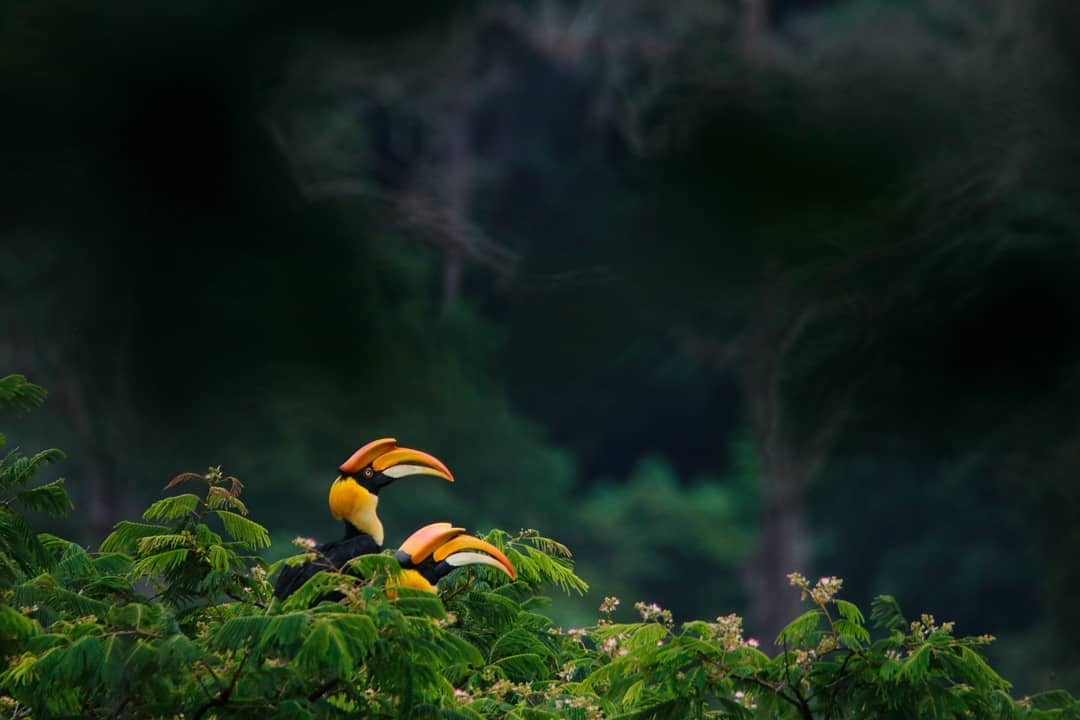
We decided to stay a little longer and drove down to the edge of a valley, where the tea garden ended and the forest patches began. We got down from our jeeps and walked to a vantage point where we could see the roosting site of the Great Pied Hornbills – the estate’s crowning glory.
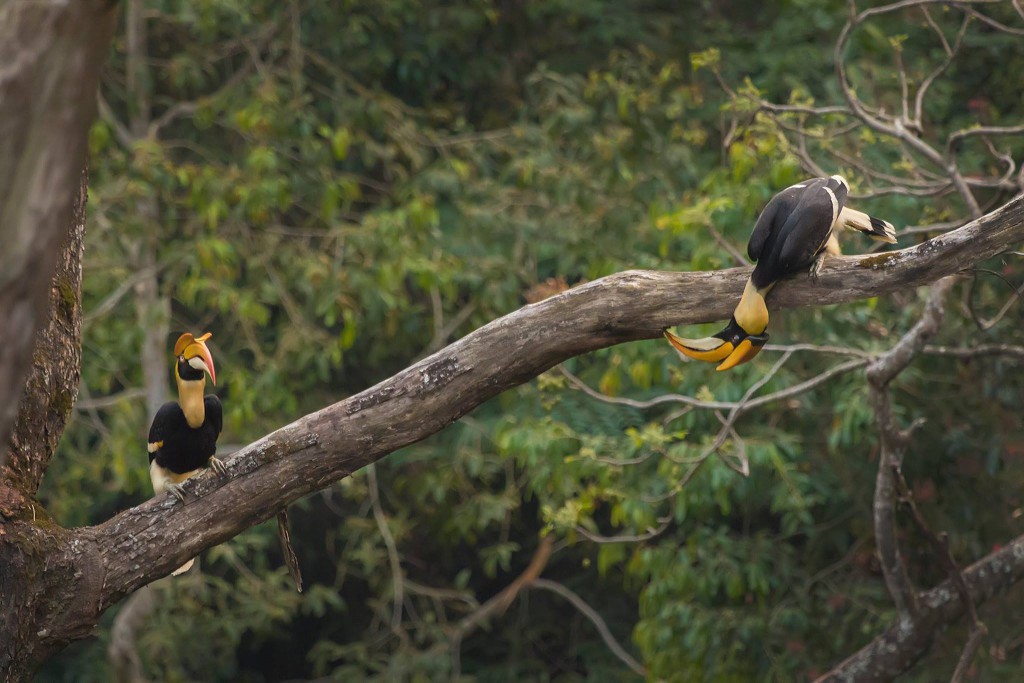
We stood there quietly listening to the reverberating sounds of the jungle around in near darkness. The hornbills called out to their pairs, as they fed on some more Maesopsis. When they flew, I heard the whooshes of their heavy wings – a terrifying yet breathtaking sound to hear in the still darkness.
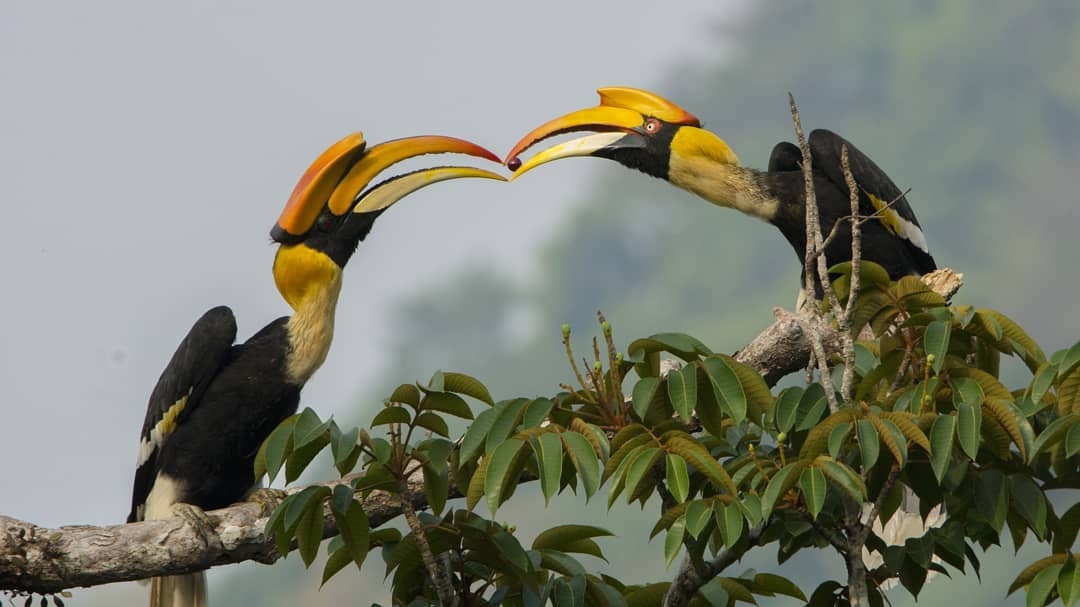
As the calls of bulbuls, babblers and parakeets got faint; I was expecting to experience the stillness of the jungle, with just the cicadas singing and the owls hooting. To my amusement, I suddenly heard a buzzing sound in the skies. It was quite loud and so close that it felt like jets were being launched from either side of my shoulders. I saw a silhouette of what looked like a bat, and to my amusement, a biologist friend standing next to me confirmed that they indeed were insectivorous bats. The buzz I heard was their generation of ultrasonic sounds! As I was evaluating the coolness quotient of the insectivorous bats, I saw two strange looking huge birds hover in front of me. An overly excited friend started jumping around as a fellow birder declared, “That’s a great eared nightjar!” I joined in the celebration of sighting a lifer while least expecting it.
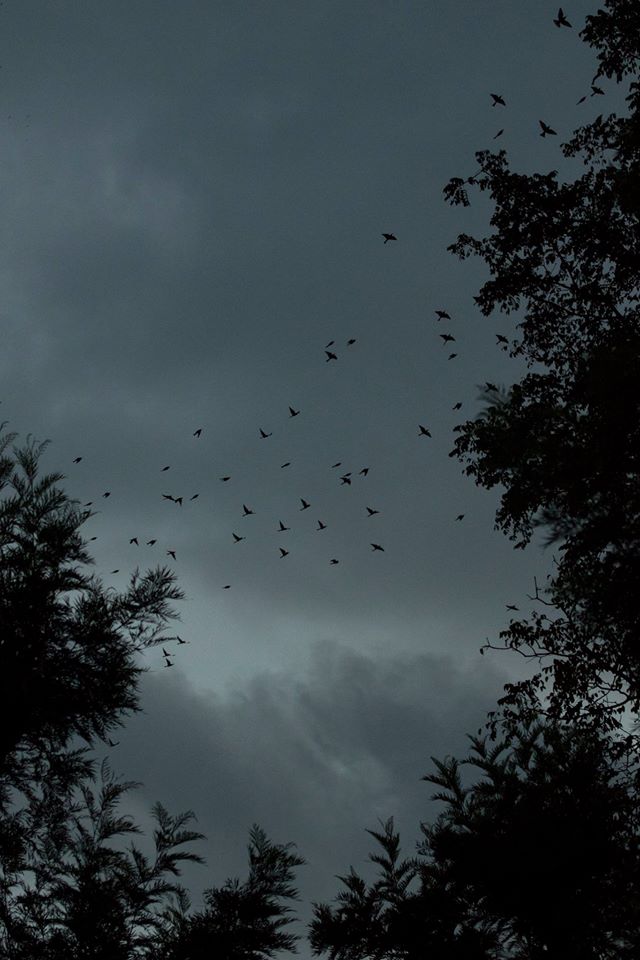
By now the place looked and felt completely different. Within a span of a few minutes, the sky was starlit, the sounds changed, the breeze became colder, and the ambience was completely different. But, life happened. It was like living in a whole new world. To know that the world of light and dark co-exist in the same place so beautifully by taking shifts left me reeling with a sense of admiration like never before.

